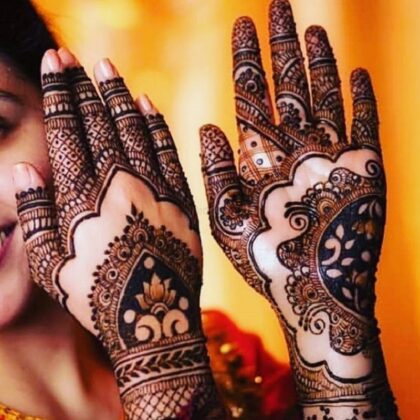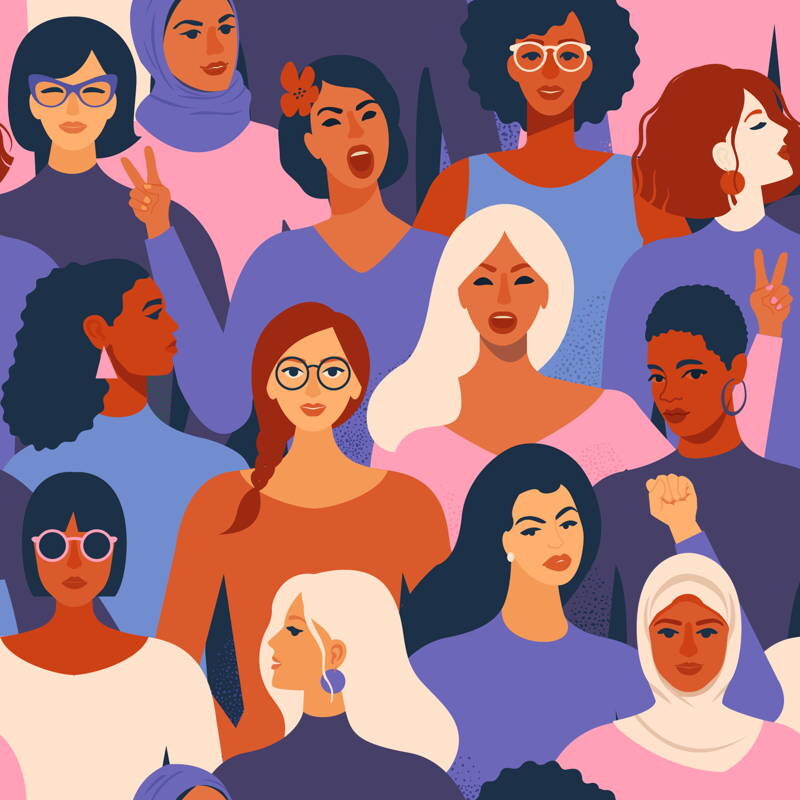
Today, women’s rights, gender equality and reproductive rights are priorities in the agenda of the international community. Yet, this has not always been the case. Women always fought for their rights and many continue to do so as they remain discriminated and subjugated to their male counterparts in several parts of the world. For instance, women and children are the most vulnerable segments of society in conflict-affected areas; women continue to be discriminated in the workplace in many Western countries; and violence against women continues to be a major concern all over the world.
Faced with discrimination and oppression, women created resistance movements to achieve gender equality and to promote equal and inclusive societies. Within the core of this struggle for women’s rights, we find various interwoven movements and social concepts like feminism and womanism.
If you’re reading this to gain a clear understanding of the differences between the two, you’re in the right place.
What Is Womanism?

The term ‘womanism’ was coined in 1983 by Alice Walker, an American poet, activist and author of the critically acclaimed novel The Color Purple. It was a reaction to the realization that feminism did not encompass the perspectives and experiences of black women.
As segregation had only ended in 1964, the black community – especially black women – were still enduring the brunt of socioeconomic discrimination, classism, and racism. Traditionally, the feminist movement lacked diversity and was mainly dominated by middle- and upper-class white women. It failed to address the plight of black women and rarely involved women of color in its protests. In light of the elitist nature of the initial feminist movement, womanism came into the picture.
Womanism, as a social framework, separates itself from feminism. It celebrates womanhood, focuses on black women, and aims at achieving and maintaining inclusivity in the society. Walker defined womanists as black feminists or feminists of color who are committed to the wholeness and survival of the entire people (both men and women).
Alice Walker’s much-cited phrase, “Womanist is to feminist as purple is to lavender,” suggests that she considers feminism as a component of the broader ideological umbrella of womanism.
[Read: What Is The Gender Pay Gap]
What Is Feminism?

The concept of feminism is synonymous with equality. The range of movements and ideologies it has borne share one common goal: to establish, define, and achieve social, economic, and political equality of the sexes and fight gender stereotypes.
Think about all the real issues women have had to face since times immemorial. The feminist movement refers to a series of political and social campaigns for reforms on these issues, such as women’s suffrage, equal pay, domestic violence, reproductive rights, maternity leave, sexual harassment, and sexual abuse. Of course, the movement’s priorities tend to vary among different communities and nations.
In the West, feminism went through three waves. First-wave feminism revolved around suffrage and political equality. Second-wave feminism strived to further combat cultural and social inequalities. Third-wave feminism continues to address the social, cultural, and financial inequalities with renewed campaigning for a stronger influence of women in media and politics. It also focused on our reproductive rights, such as the right to abortion.
The fourth wave of feminism began around 2012, and it only furthers the urgent need for justice in terms of harassment and assault, equal pay for equal work, and body positivity. It is founded upon the queering of gender and is trans-inclusive. Also, this wave is digitally fueled. The feminist discourse on the Internet plays a huge role as well. Online forums and hashtag activism help create a massive community, foster debate, and encourage action IRL.
[Read : All You Need To Know About Matriarchy ]
So What Is The Difference Between Womanism And Feminism?
The most contrasting difference to keep in mind is the fact that black women are dealing with three levels of oppression: racism, sexism, and classism. This is where ‘intersectionality’ comes into the picture. As a concept, intersectional feminism recognizes how different dimensions of people’s lives, such as their sexual identity, gender, race, and class, come together to shape their individual experiences of discrimination. This makes womanism a multi-layered movement.
Although the white woman’s battle against oppression has come a long way from fighting the Victorian model of the weak woman who can’t do anything for herself, it is still mostly one dimensional. Womanism fights for not only gender equality but also justice against this three-tiered oppression against both black men and women.
In a nutshell, womanism is a darker shade of feminism that includes and represents the voices and perspectives of women and color. It sheds light on the experiences of women of color who have always been in the frontline of the feminist movement and are yet marginalized in historical media and texts.
Remember this: while feminism strives for gender equality, womanism aims at gender reconciliation.
D.H Lawrence, an American writer and poet, once remarked, “the future of humanity will be decided not by relations between nations, but by relations between women and men.” The concept of gender reconciliation highlights the simple idea that both men and women are afflicted by gender injustice, and each needs the other for true and complete healing.
On a global scale, today, we are still obviously battling against numerous issues. But feminists and womanists have found their common ground, and this battle for women’s rights is becoming more and more inclusive. Because the question today is: if your activism leaves some women out, who are you really fighting for?























